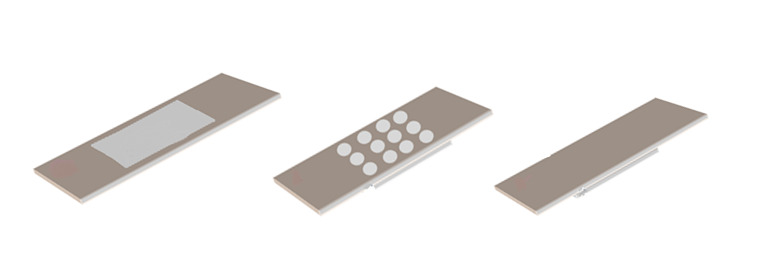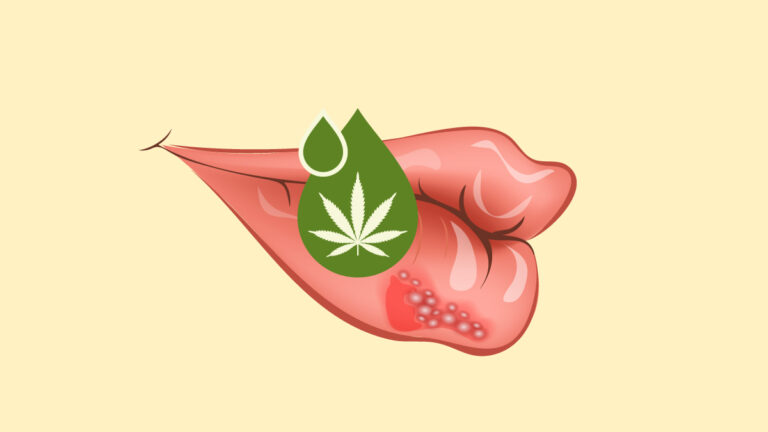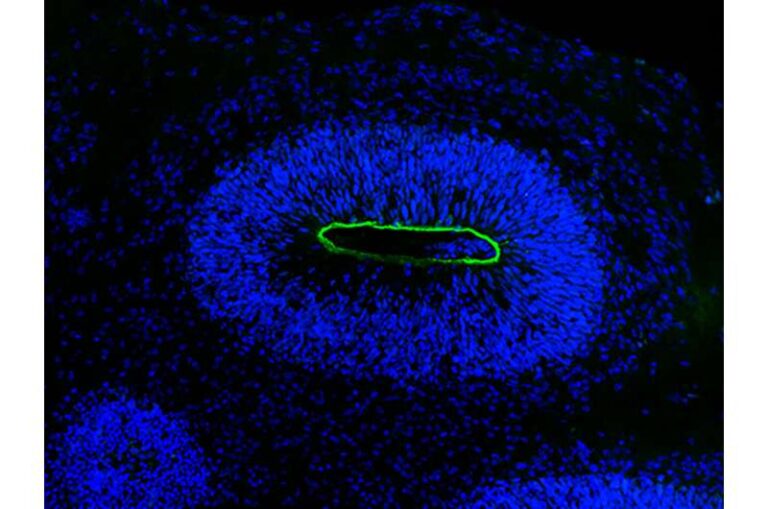Low-cost dressing molds to the size of the herpes lesion and eliminates the need for constant replacement.
Scientists from the Federal University of Paraíba in Brazil (UFPB) have developed an adhesive capable of healing lesions caused by herpes simplex virus within 24 hours. The low-cost dressing, which is moldable to the size of the lesion and eliminates the need for constant replacement, works through the controlled release of the drug Acyclovir in the affected skin or mucous membrane region.

“The healing speed of the lesion provided by the adhesive depends on the proportion of polymers in the dressing material composition, the concentration of the Acyclovir drug, the size of the lesion, among other factors.
Nevertheless, in our experiments, in terms of the efficiency and effectiveness of ‘killing’ the herpes virus, the regenerative adhesive showed excellent lethality within 24 hours,” says Kaline Ferreira, one of the inventors of the patent and currently a doctoral student in the Materials Science and Engineering Postgraduate Program at UFPB.
Developed from a mixture of synthetic bioabsorbable and biodegradable polymers, the regenerative adhesive has small dimensions and a high surface area, facilitating the addition of pharmacological agents, mainly Acyclovir, and providing aesthetic comfort.
Both its size and shape, as well as the concentration of the medication it contains, can be easily adapted to a patient’s needs, unlike the current treatment using Acyclovir tablets or ointment.
Kaline Ferreira explains that the characteristics of the adhesive can be modified as the proportion of polymers constituting its structure varies. It is also possible to alter the release of Acyclovir by modifying the structural dimensions of the dressing through the control of the polymer concentrations used and the production process parameters.
The UFPB doctoral student emphasizes that, although it could be sold in any pharmacy, the Brazilian Ministry of Health reinforces that any antiviral medication requires a prescription. “Herpes is a transmissible disease that has no cure, as there is no antiviral medicine capable of permanently eliminating the virus from the body.
The lesion caused by the herpes virus disappears as the individual’s immune system recovers. During infectious outbreaks, the main goal is to reduce discomfort in the affected area,” clarifies the UFPB researcher.
According to Kaline Ferreira, about two-thirds of people under 50 years old worldwide have herpes. The World Health Organization (WHO), in its global estimates of infection with Herpes Simplex Virus Type 1 (HSV-1), one of the two types of herpes simplex virus, indicates that more than 3.7 billion people under 50, or 67% of the population, are infected with HSV-1.
The regenerative adhesive was developed between 2015 and 2017 at the Materials and Biosystems Laboratory (Lamab) of UFPB, on campus I in João Pessoa, and had the collaboration of UFPB professors Eliton Medeiros, Lúcio Castellano, Paulo Bonan, Joelma Souza, and master’s student Raonil Oliveira.
The patent application was filed in June 2018 with the National Institute of Industrial Property (Inpi). The development process of the dressing will be published soon. The articles are currently undergoing peer review in international journals.
“We intend to engage in conversations with pharmaceutical companies to evaluate the cost-effectiveness of large-scale production of the adhesive. The Unified Health System (SUS) may use measures such as breaking patents for medications or devices, or purchasing the material if a pharmaceutical company initiates the commercialization process of the adhesives, in order to provide it for free through distribution,” affirms the UFPB researcher.
Source: https://www.ufpb.br/



